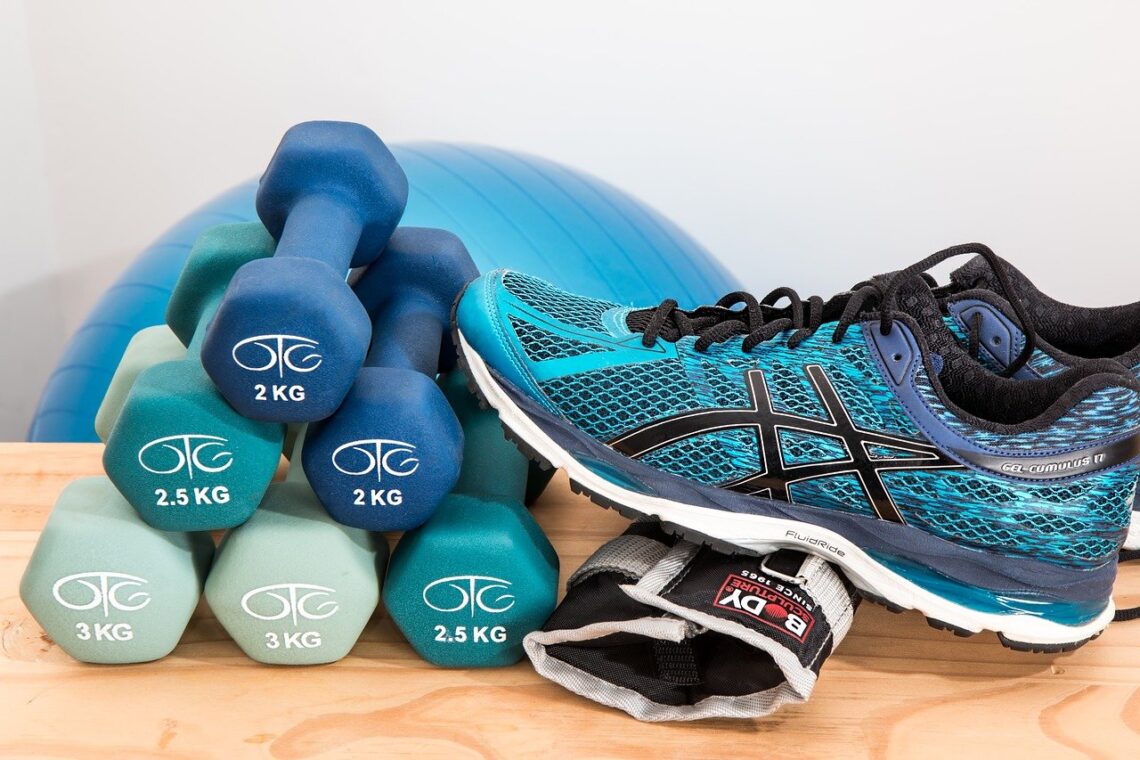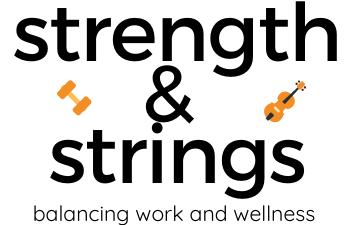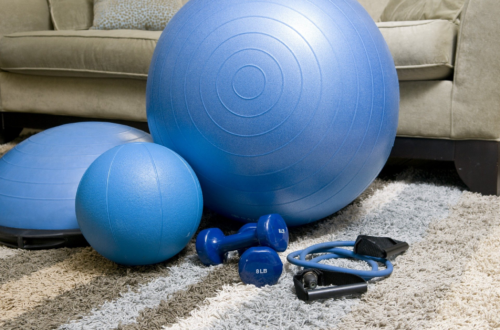
Are you getting enough exercise? 5 benefits of getting the recommended amount
Despite the known benefits of regular exercise, the Center for Disease Control (CDC) reports only 53.3% of American adults meet the Physical Activity Guidelines for aerobic physical activity. Additionally, less than 25 percent of adults meet the guidelines for both aerobic and muscle-strengthening activities.
These statistics are concerning due to the increasing prevalence of chronic diseases and comorbid conditions throughout the world. According to the CDC, one out of two adults has a chronic condition and the development of several chronic diseases and comorbid conditions could be prevented through regular physical activity.
The cause of this inactivity can be attributed to several causes, including more occupations that require sitting for extended periods of time and the choice of leisure activities that do not involve physical activity such watching television.
In my personal experience, I was not sure how to include exercise into my daily routine when I became an adult. Before college, I was an active high school athlete. After graduation, I did not know how to maintain my fitness and became inactive for until I tried a workout program that a friend recommended to me during my senior year.
Currently, I am getting more than the recommended amount of exercise per week and I am enjoying the benefits. In this blog post, I will discuss the recommended amount of exercise, the benefits and tips for getting more movement into your daily routine if needed.
Table of Contents
Physical activity v. exercise
First, lets define the terms physical activity and exercise.
Physical activity is any bodily movement that expends energy. The body burns energy throughout the day through various tasks such as sleeping, work-related tasks and housework.
Exercise is a type of physical activity that is planned, structured, repetitive and performed to improve or maintain one or more components of physical fitness (American Council on Exercise (ACE)).
In general, movement is important for a healthy lifestyle. However, exercise can also aid with weight loss and address specific lifestyle factors such as sitting at a computer all day.
Relationship between physical activity and overall health
Several studies (ACSM, 2018; Williams 2001, Pate et al., 1995), indicate a curvilinear relationship between physical activity and health (ACE). In short, the more exercise an individual gets, the amount of health benefits increases.
Classification of Weekly Total Amounts of Physical Activity
| Physical Activity Level | Moderately-intensity Minutes per Week | Summary of Overall Health Benefits | Lifestyle Application |
| Inactive | No activity beside baseline (activities of daily life) | None | No benefits, can be detrimental to health |
| Insufficiently active | Moderate activity beyond baseline but < 150 min/week (< 75 min/week)* | Some | Some health benefits |
| Active | 150-300 min/week (75-100 min/week)* | Substantial | Extensive health benefits |
| Highly Active | > 300 min/week (> 150 min/week)* | Additional | No additional benefits |
*amount of time for vigorous activity
Please check out this article for examples of moderate and vigorous activities.
5 benefits of exercise
According to the American College of Sports Medicine (ASCM), regular physical activity and exercise increases:
- Cardiovascular and cardiorespiratory function
- Cognitive function
- Feelings of well-being
- Performance of work, recreational and sport activities
- Physical function and independence for older adults
In addition to these benefits, regular exercise can help reduce the risk of developing chronic diseases and comorbid conditions such as obesity, diabetes and cardiovascular disease.
How do I get more exercise?
If you do not exercise on a regular basis and have been diagnosed with cardiovascular, metabolic or renal disease or show symptoms of those conditions, you should receive medical clearance from your doctor before starting any exercise regime.
One of the quickest ways to get more exercise is to include more physical activity into your daily life. Simple suggestions are going on walks throughout the day and taking the stairs instead of the elevator. Based on your occupation, there may be other activities that could be used as exercise.
Another way is to incorporate exercise into your leisure and social activities. For example, I would go on long walks with my best friend in the park to catch up. At my local gym, many members utilize the group fitness classes not only to exercise, but socialize with others.
If you are having trouble finding time to exercise due to your schedule, check out my tips from this blog post for fitting exercise into a busy schedule.
Final considerations
Hopefully you are getting enough exercise and enjoying the physical and mental benefits. If you need to get more physical activity into your day, consider my suggestions as well as experimenting with other methods. Check out this post about how to create a sustainable fitness routine.
Are you getting enough exercise? What is your current exercise routine?






